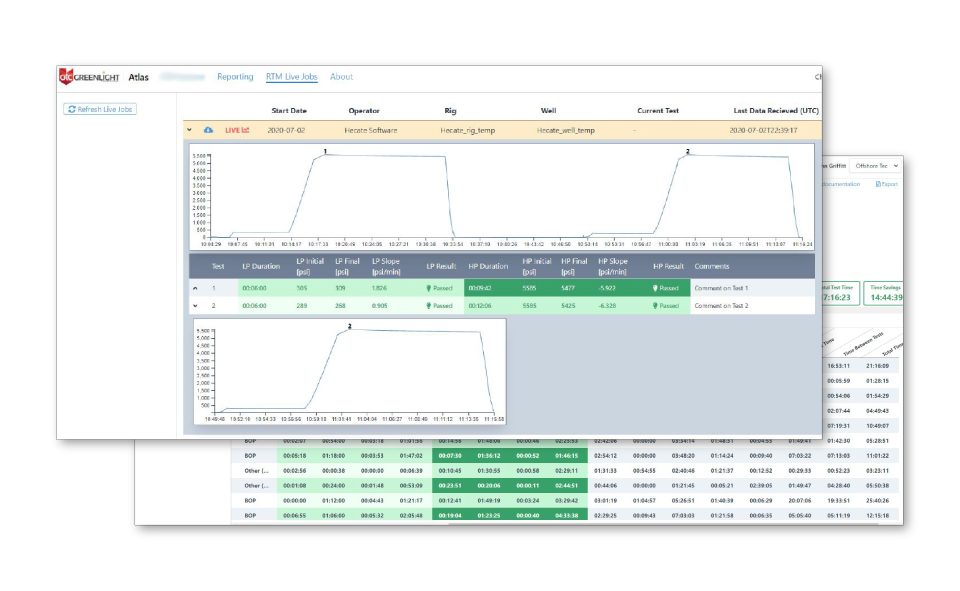- Have any questions?
- +985-727-7400
Well Control Testing Part 2 of 3: During the Test

Well Control Testing Part 1 of 3: Before You Test
September 24, 2015
SEMS Field Assessments Q&A
October 30, 2015
How do you improve your BOP test performance during the actual testing?
Having completed a very thorough pre-test process, which stresses leadership and pre-job planning, we can now address ways to improve efficiency during the actual BOP testing. Below are some of the most common factors that can affect your BOP test times along with our suggestions for combatting these issues.
- Lack of active leadership during BOP testing: At OTC, we believe the best way to improve efficiency is through strong leadership and direction. Leaders must play an active role during the BOP testing, spending as much time as possible at the decision making point which is usually the cementing unit. Early detection of a failed test is essential in minimizing lost time. Experienced test leaders can often quickly identify which tests will fail by closely observing the chart or display, while contractors are generally more reluctant to make predictions early in the test cycle. Similarly, successful tests should be completed promptly and not extended beyond the required testing time.
- Failure to sufficiently overpressure the high-pressure test: Many cementers fail to sufficiently overpressure the system when conducting a high-pressure test, requiring them to pump up to remedy the problem causing unnecessary delays. Experienced and well-trained test leaders can avoid this problem by being actively involved in the initial pressuring of the components in operation.
- Lack of synchronization of test team members: Test personnel such as WSL, cementers, SS engineers, drillers and other crew members are normally performing functions in entirely different areas causing excessive communication time-lag. The leader of the test team should drive all communication from the cement unit.
- Failure to coordinate a handover: Test leaders should coordinate and arrange timely shift changes between crew members and their relief. In addition to causing loss of time and confusion, excess fatigue can hamper test performance.
- Lack of proper training for test personnel: Training all test team members in proper BOP test procedures will improve the overall performance and efficiency of the digital BOP test. Offshore Technical Compliance inspectors can provide this training in conjunction with trips to your facility to assess compliance and preparedness for BOP testing.
- Misfiled test documentation: Successful BOP testing must be followed by accurate and timely test documentation. Completed paperwork should be filed before releasing members of the test team. Note, there are more BSEE Incidents of Noncompliance regarding transcription errors and poor filing of paperwork than there are for control components.
Digital BOP testing removes the subjectivity involved with interpreting conventional chart recordings and provides a reliable set of accurate documentation while saving operators time and money. OTC is available to offer continuous client assistance prior to, during and after completing BOP testing including compliance inspections, surveillance programs and competency assessments.
Join us next time in part three of our Well Control Testing Series as we discuss ways to virtually eliminate errors and streamline the process of digital BOP testing.

